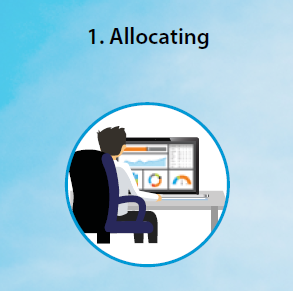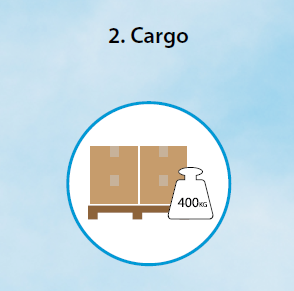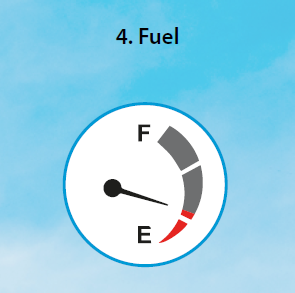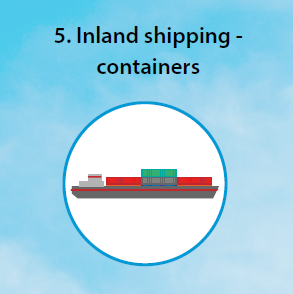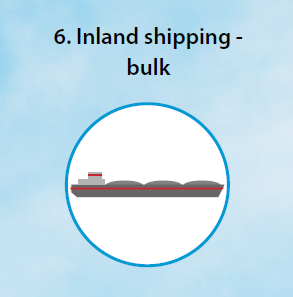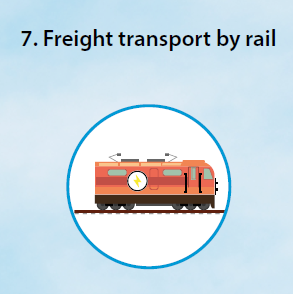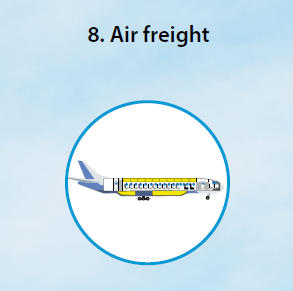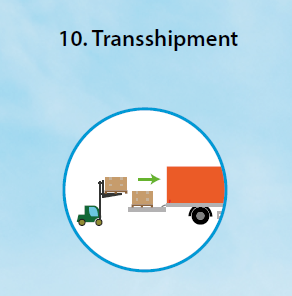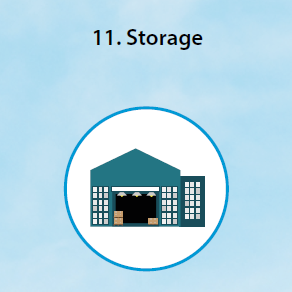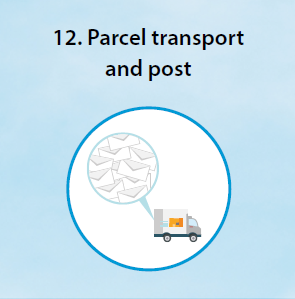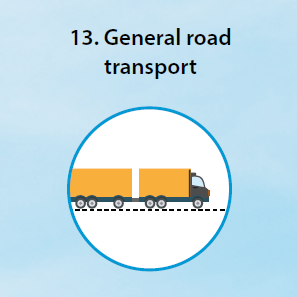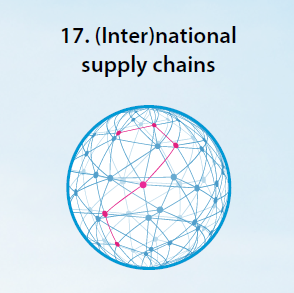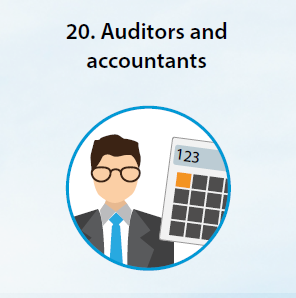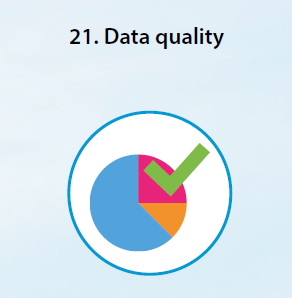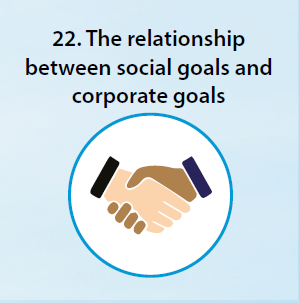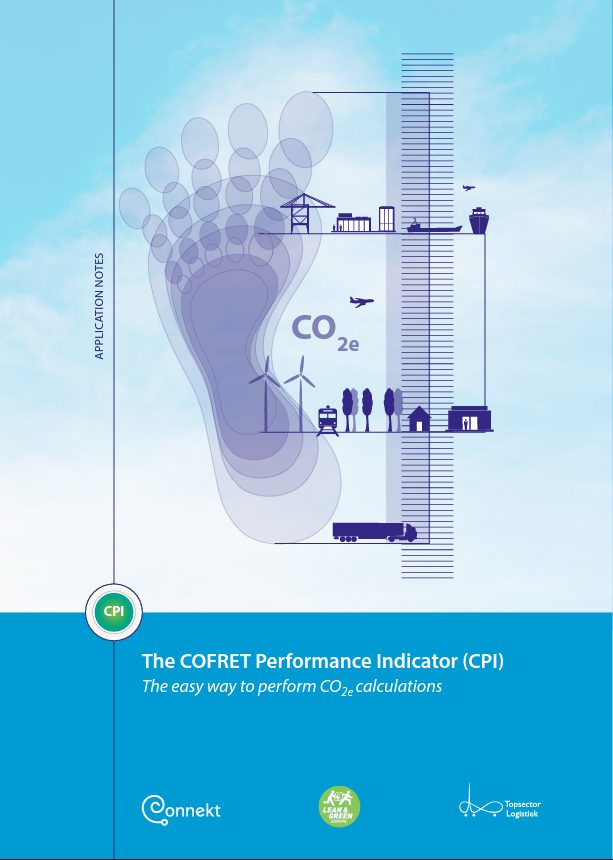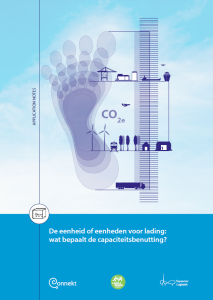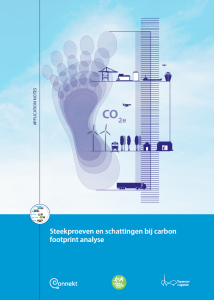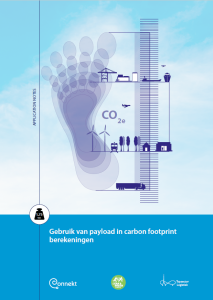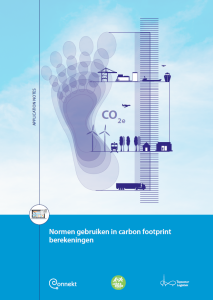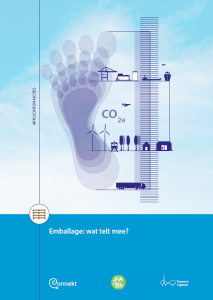Guidelines
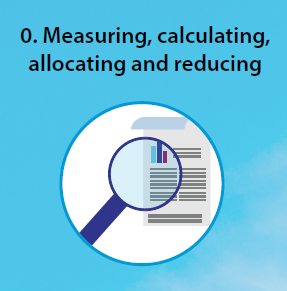
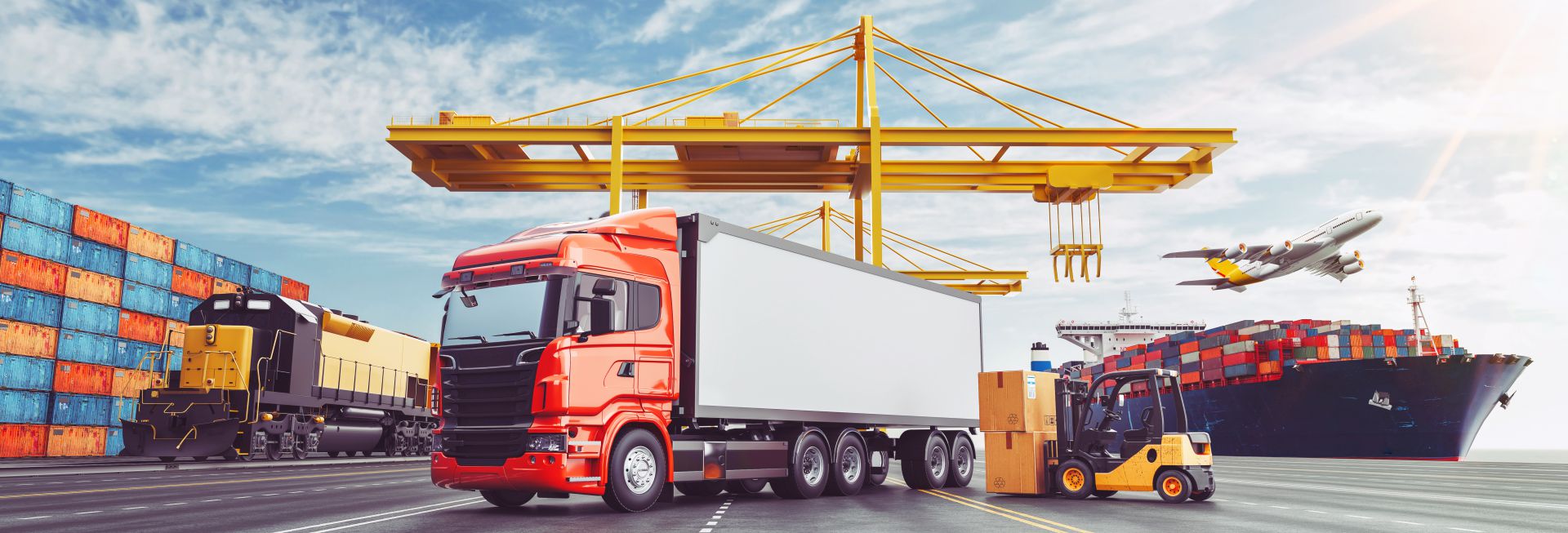
Implementing Carbon Footprinting
Transportation or logistics companies that want to apply Carbon Footprinting within their organization can easily get started with the documents below. All modes of transportation are covered. This allows them to easily report on their CO2 footprint and demonstrably reduce their emissions: fully compliant with European laws and regulations and ISO 14083. Here software companies will find the information they need to develop carbon accounting software in compliance with legislation.
Want to know more?
Do you still have questions about Carbon Footprinting within transport and logistics? If so, please contact Topsector Logistiek.
T +31 15 251 65 65
M info@topsectorlogistiek.nl
Do you have a question or want to request a call back? Please leave your details.
